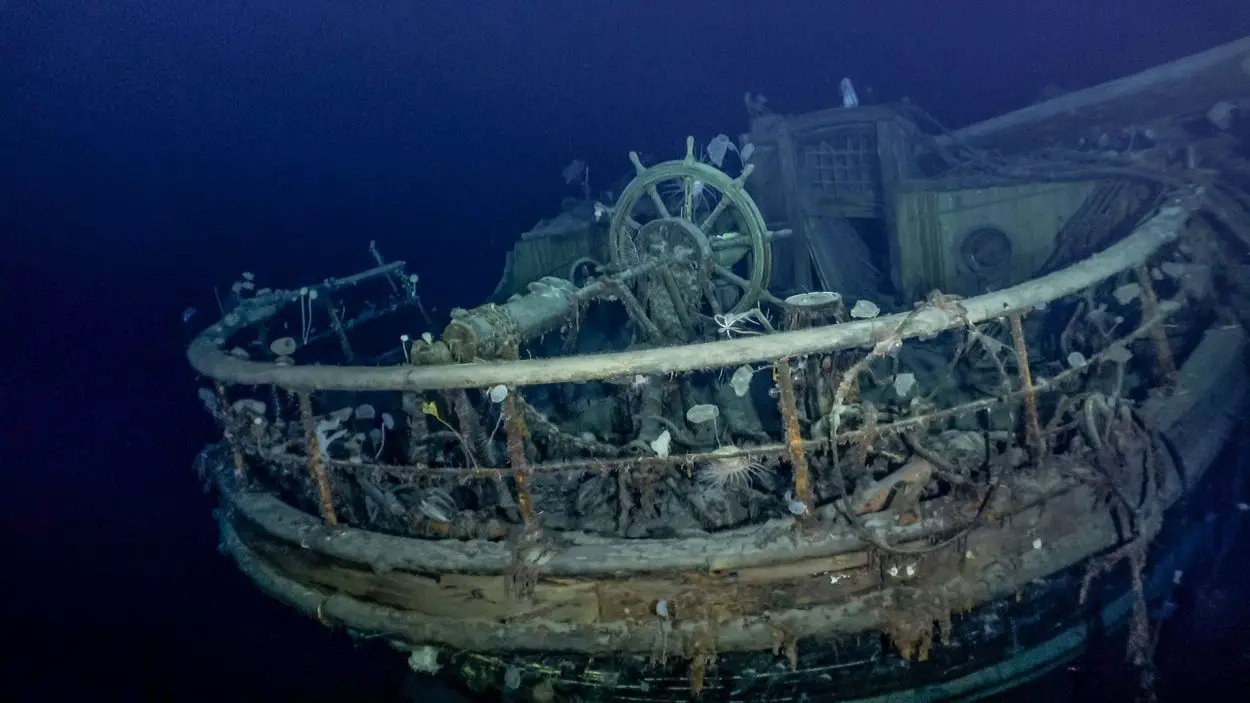An expedition team from Endurance22 has announced the discovery of Sir Ernest Shackleton’s, Endurance, off the coast of Antarctica.
The Endurance was a three-masted barquentine, despatched on the Imperial Trans-Antarctic Expedition to make the first land crossing of the Antarctic continent.
The ship became beset in ice whilst navigating the Weddell Sea, drifting in an ice pack until it was eventually crushed and sank. Shackleton and the crew were stranded on the ice in makeshift camps, eventually using lifeboats to reach the uninhabited Elephant Island.
Shackleton and five others then made an 800-mile open-boat journey in the James Caird to reach South Georgia. From there, Shackleton was eventually able to mount a rescue of the men waiting on Elephant Island and bring them home.

In 1921, Shackleton returned to the Antarctic with the Shackleton–Rowett Expedition, but died of a heart attack while his ship was moored in South Georgia.
The discovery was made at 1605 hrs GMT on the 5th of March in 3008 metres of water, 100 years to the day after Shackleton was buried on South Georgia.
The ship is sitting upright on the seabed and is largely intact. There is some damage to the fo’c’sle deck and part of her starboard side, but the paintwork and her name “ENDURANCE” are still clearly visible. Most remarkably is the ship’s wheel, which underwater imagery has revealed is in perfect condition on the ships well deck at the stern.
Mensun Bound, Director of Exploration at Endurance22 said: “The search for the Endurance was ten years in the making. It was one of the most ambitious archaeological undertakings ever. It was also a huge international team effort that demonstrates what can be achieved when people work together.”
Header Image Credit : Falklands Maritime Heritage Trust





